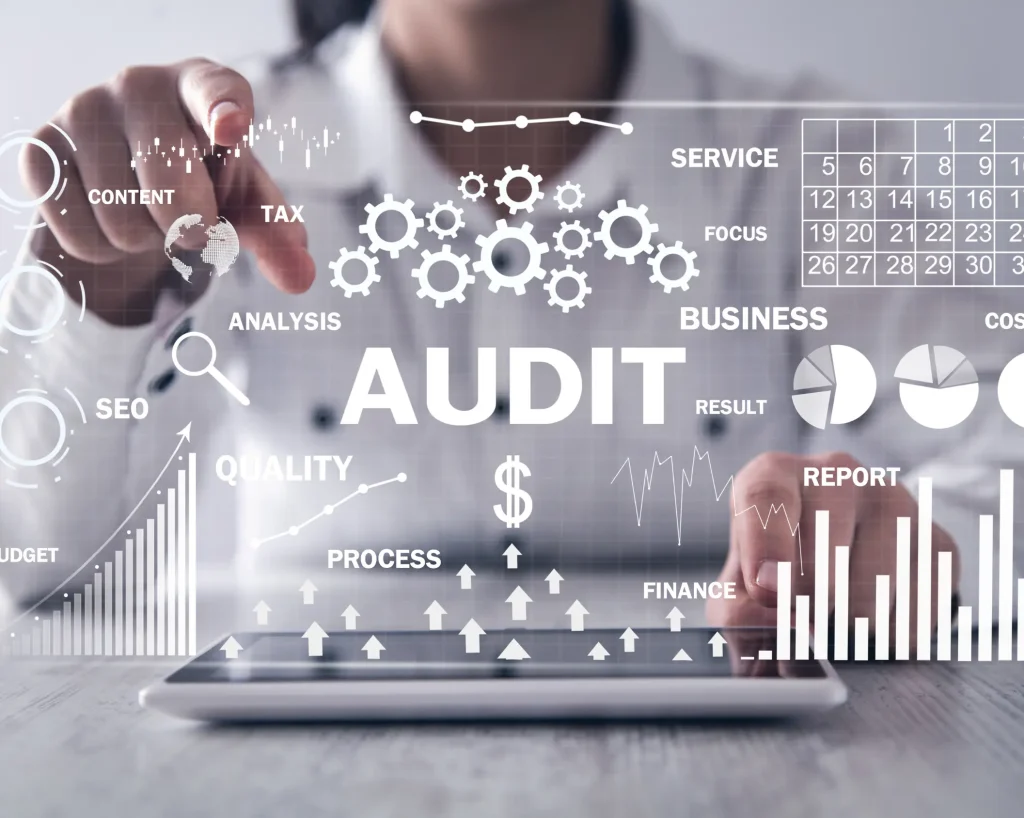How to Conduct a Comprehensive Content Audit in 2025

In 2025, conducting a content audit is more essential than ever. With constantly shifting search algorithms and changing user behavior, marketers need a clear strategy to assess and improve their digital content. A well-executed content audit not only reveals what’s working—it also highlights gaps, redundancies, and growth opportunities.
Why a Content Audit Still Matters in 2025
Content has continued to dominate digital marketing. However, not all content drives results. A content audit helps you evaluate the performance of each piece, identify outdated or underperforming assets, and uncover areas to repurpose or expand.
Moreover, with advancements in AI and data analytics, tools today provide deeper insights. Platforms like Webalyze have made comprehensive audits more efficient by automatically scanning your website and categorizing content by performance, topic, and audience engagement.
Key Steps to Conduct a Content Audit
To start a successful content audit, create a full inventory of your existing content. This includes blogs, landing pages, videos, and even downloadable assets. Use tools or plugins to gather URLs, traffic metrics, word counts, and engagement stats.
Next, define your goals. Are you auditing for SEO, conversions, branding consistency, or something else? Having clear goals ensures your audit stays focused.
Then, categorize each piece based on performance. Keep what’s working, update what’s outdated, merge similar articles, and delete low-performing pieces. Webalyze, for example, offers color-coded dashboards that simplify this evaluation and make recommendations based on performance benchmarks.
Finally, document your findings and develop a content strategy. Include action steps for improving your top content, fixing gaps, and aligning all assets with user intent and brand voice.
Content Audits Are Strategic Tools, Not One-Time Tasks
Conducting a content audit isn’t a one-time activity. To maintain a healthy ecosystem, repeat your audit every 6–12 months. Trends shift, algorithms update, and your audience’s needs evolve. Therefore, staying proactive is crucial.
With the help of platforms like Webalyze and a methodical approach, your next audit can become a strategic advantage, not just a routine task.